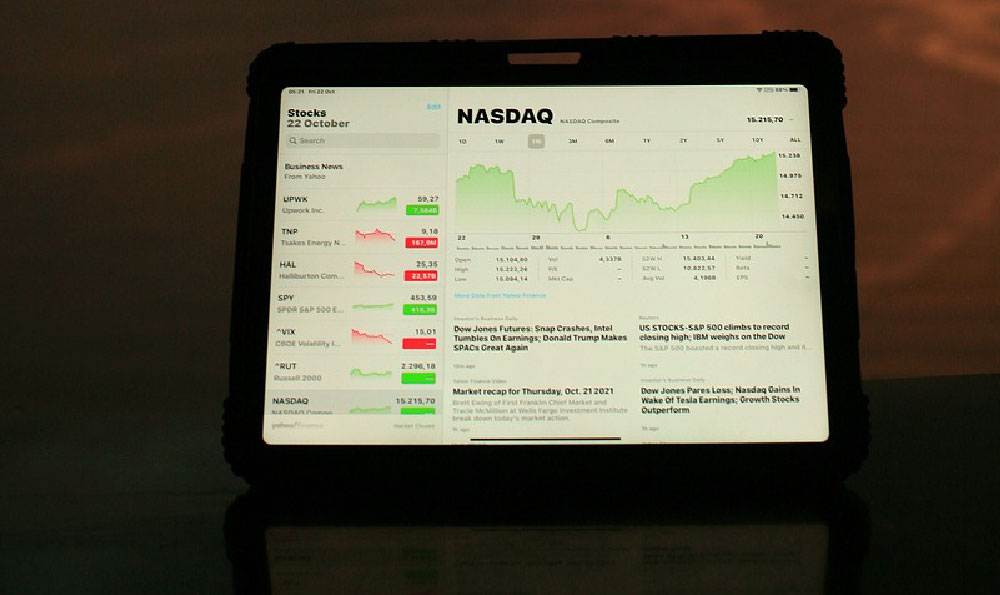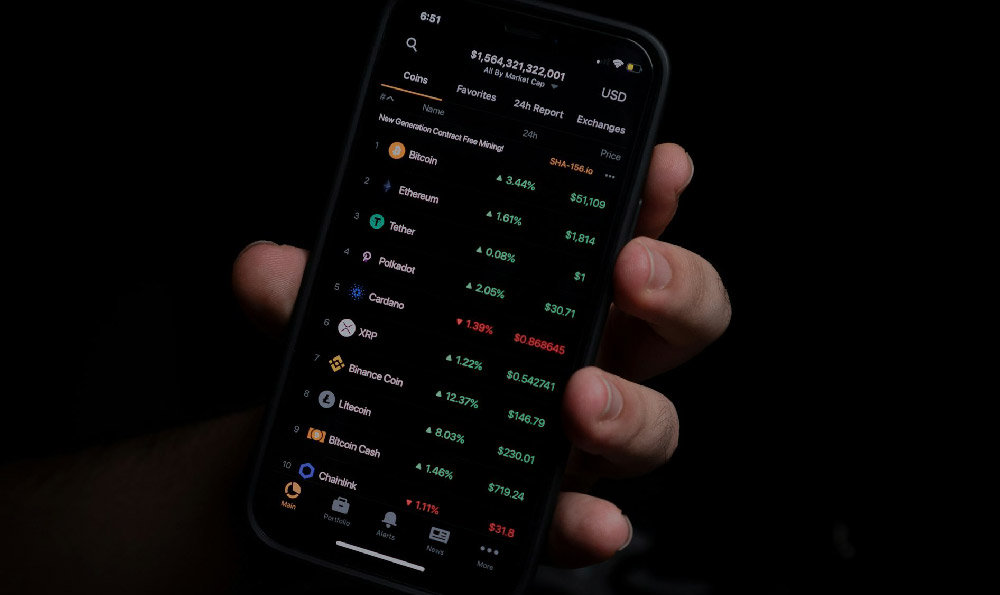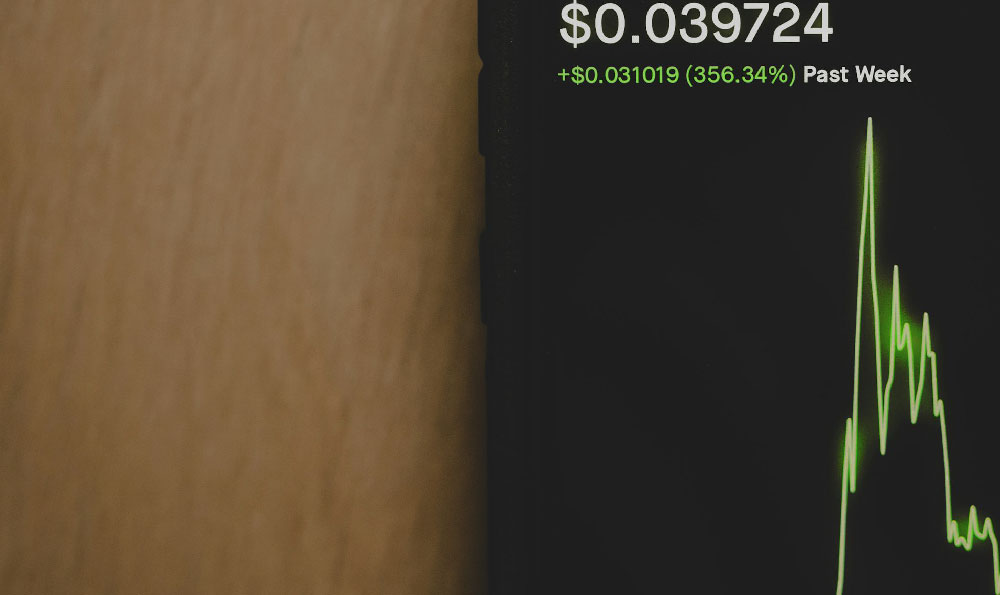Bridging USDT to Polygon: Navigating the Waters of DeFi and Evaluating Keepbit
The decentralized finance (DeFi) landscape offers exciting opportunities for yield generation and access to innovative financial instruments. However, moving assets between different blockchains, such as bridging USDT (Tether) to Polygon (MATIC), can initially seem daunting. This process is crucial for accessing Polygon's ecosystem of DeFi protocols, enjoying lower transaction fees, and potentially maximizing returns. This article will delve into the "how-to" of bridging USDT to Polygon, explore the benefits and risks involved, and critically evaluate whether Keepbit stands as the appropriate platform for this specific task.
Understanding the Need for Bridging

Before diving into the specifics, it's essential to understand why bridging is necessary. USDT, primarily issued on Ethereum, is a stablecoin pegged to the US dollar. Polygon, on the other hand, is a Layer-2 scaling solution for Ethereum, designed to provide faster and cheaper transactions. To utilize USDT within the Polygon network, you need to "bridge" it, which essentially means locking your USDT on the Ethereum chain and minting an equivalent amount of USDT on the Polygon chain (often referred to as USDT.e on some platforms, though the underlying principle remains the same). This transfer allows you to interact with DeFi protocols on Polygon without suffering the high gas fees associated with Ethereum.
Methods for Bridging USDT to Polygon: A Comprehensive Overview
Several methods exist for bridging USDT to Polygon, each with its own set of advantages and disadvantages. Let’s examine the most common approaches:
-
Official Polygon Bridge (Plasma Bridge & PoS Bridge): The official Polygon Bridge provides a secure, albeit slower, method. The Plasma Bridge is more complex and generally not preferred for USDT due to its longer withdrawal times. The Proof-of-Stake (PoS) bridge is the more commonly used option for bridging USDT. It involves depositing your USDT into the bridge contract on Ethereum, which then triggers the minting of an equivalent amount of USDT on Polygon. While considered highly secure, this method can sometimes be slower than other options, particularly during periods of high network congestion on Ethereum.
-
Third-Party Bridges (e.g., Hop Protocol, AnySwap/Multichain (Use with Caution), Celer cBridge): Various third-party bridges offer faster and often more cost-effective ways to transfer USDT. These bridges typically utilize liquidity pools and automated market maker (AMM) mechanisms to facilitate transfers. Hop Protocol is designed specifically for cross-chain transfers of stablecoins and provides a relatively smooth user experience. AnySwap (now Multichain) was a popular option, but its history of security breaches necessitates extreme caution and thorough due diligence before use. Celer cBridge is another promising option, offering faster transfers with reasonable security.
-
Centralized Exchanges (CEXs): Many centralized exchanges, like Binance, Coinbase, or Kraken, support direct withdrawals of USDT to the Polygon network. This is often the simplest method for beginners. You simply deposit USDT on the exchange and then withdraw it, selecting Polygon as the network during the withdrawal process. However, this method relies on the exchange's security and can be subject to withdrawal limits and potential exchange downtime. Furthermore, using a CEX requires KYC (Know Your Customer) verification, which some users prefer to avoid.
A Critical Look at Keepbit: Due Diligence is Paramount
The question of whether Keepbit is the right platform for bridging USDT to Polygon requires careful consideration. Before entrusting any platform with your assets, rigorous due diligence is absolutely essential. Here's a framework for evaluating Keepbit or any similar platform:
-
Security Audit Reports: Look for publicly available security audit reports conducted by reputable blockchain security firms. These reports should detail any vulnerabilities discovered and the measures taken to address them. The absence of such reports should raise a red flag.
-
Team Transparency and Reputation: Investigate the team behind Keepbit. Are they publicly known? What is their track record in the blockchain space? Anonymous or inexperienced teams should be treated with extreme caution.
-
Community Feedback and Reviews: Search for online reviews and feedback from other users. Look for consistent patterns of complaints or positive experiences. Be wary of artificially inflated reviews or excessive marketing hype.
-
Smart Contract Code Review: If you possess the technical expertise, review the smart contract code powering the bridge. Look for potential vulnerabilities, backdoors, or other concerning implementations.
-
Liquidity and Trading Volume: Assess the liquidity available on Keepbit's bridge for USDT/Polygon. Low liquidity can lead to slippage and increased transaction costs.
-
Transaction Fees: Compare Keepbit's transaction fees with other bridging options. Ensure that the fees are competitive and transparently disclosed.
-
Custodial vs. Non-Custodial: Determine whether Keepbit is a custodial or non-custodial platform. Custodial platforms hold your assets, while non-custodial platforms allow you to maintain control of your private keys. Non-custodial options generally offer greater security, but require a higher level of technical understanding.
Without specific knowledge of Keepbit's current security practices, audit history, and community reputation, it's impossible to definitively recommend or discourage its use. However, the principles outlined above should guide your evaluation process.
Mitigating Risks When Bridging
Bridging always involves inherent risks. Here are some ways to mitigate these risks:
-
Start Small: Begin with a small amount of USDT to test the bridge and ensure that the process works as expected.
-
Verify Contract Addresses: Always double-check the contract addresses of the bridge on both Ethereum and Polygon. Malicious actors may create fake bridges to steal your funds.
-
Use a Reputable Wallet: Use a reputable and secure wallet, such as MetaMask or Ledger, to interact with the bridge.
-
Stay Informed: Keep abreast of the latest security news and vulnerabilities related to blockchain bridges.
-
Diversify Your Bridges: Avoid relying solely on a single bridge for all your cross-chain transfers.
Conclusion: Informed Decision-Making is Key
Bridging USDT to Polygon can unlock a world of DeFi opportunities. However, it's crucial to approach this process with caution and a thorough understanding of the risks involved. Carefully evaluate all available bridging options, including the official Polygon Bridge, third-party bridges, and centralized exchanges. When considering a platform like Keepbit, conduct rigorous due diligence to assess its security, reputation, and transparency. By following these guidelines, you can navigate the complexities of cross-chain transfers and safely access the benefits of the Polygon ecosystem. The most important factor is to make informed decisions based on your risk tolerance and understanding of the technology.












